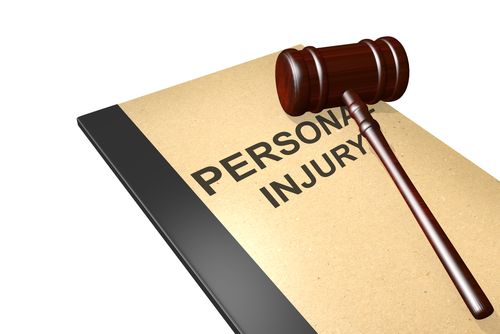
We assume that when we turn on our faucets crystal clear water will come gushing out. Unfortunately that is not always the case. As a matter of fact, there is a very strong possibility that your child is drinking lead-tainted water in school.
Recently, on Long Island unacceptable levels of lead have been found in drinking water in the Three Village Central School District. The lead tainted water was detected at Arrowhead Elementary School, Nassakeag Elementary, Mount Elementary and Setauket Elementary.
Monitoring is the new norm. The New York State Senate passed a law in June that requires mandatory lead testing in all school districts. High blood lead levels prove to be particularly dangerous to children and pregnant women, and can cause “learning disabilities, behavioral problems and mental retardation,” according to the World Health Organization.
A water crisis in Flint, Michigan resulted in President Barack Obama declaring a federal state of emergency in the destination. Lead seeped into Flint’s drinking water with disastrous effects. A study from the Hurley Medical Center in Flint found that 2.1 percent of children age 5 and under had elevated blood lead levels prior to the switch to Flint River water, compared to 4.0 percent after the switch.
Safe Drinking Water Act
The Safe Drinking Water Act, which was passed in 1974 and updated in 1996, is the main federal law that is designed to ensure the quality and safety of drinking water for the United States. The Safe Drinking Water Act authorizes The Environmental Protection Agency (EPA) to set national standards for drinking water to protect people against health issues that arise from exposure to harmful water contaminants including lead.
Every community water supplier is required to provide an annual report, sometimes referred to as a Consumer Confidence Report (CCR), to its customers. The CCR report provides information on local drinking water quality, such as its source and any contaminants discovered.
There are many different entities that must comply with various laws that regulate drinking water, including local, state and federal authorities, public utilities and businesses. When regulations are not followed and drinking water contamination results in illnesses and/or death, there may be opportunities to hold people liable through legal means.








